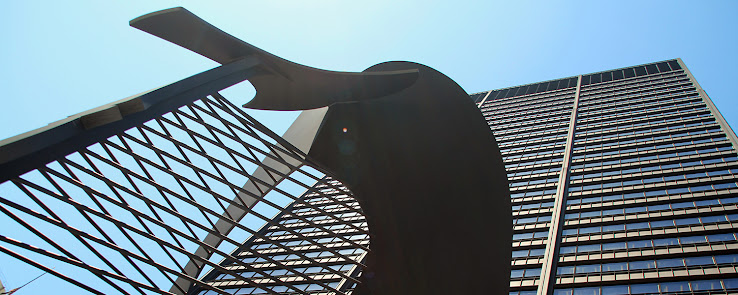Tuesday, January 31, 2012
Morbid Curiosity: The Richard Harris Collection [Francisco Goya: "The Disasters of War" [1810-1820]]
Francisco Goya..
The Disasters of War, 1810-1820..
Francisco Goya created "The Disasters of War" from 1810-1820. These 80 etchings and aquatints show scenes from the Spanish struggle against the French army under Napolean Bonaparte, who invaded Spain in 1808. When Napolean tried to install his brother Joseph Bonaparte, as King of Spain, the Spanish fought back, eventually aided by the British and the Portugese. Goya's prints explore the horrifying consequences of this kind of guerilla warfare, and the famine that followed it. The French army is often shown by Goya as disorganized force, leaderless and cruel. However, the most surprizing innovation in his series is the emphasis Goya placed on war's power to dehumanize everyone involved. the brutality of the two armies was equaled by the fury of the Spanish people. In some of the panels in this series such as, "And they are like wild beasts", it is shocking to realize that the "beasts" are not the army but Spanish women fiercely fighting to protect themselves and their children from a group of French soldiers.
The prints were a private project for Goya. His public work at the time consisted of painting portraits of military men and politicians."The Disasters of War" prints were not published until many years after the artist's death"..
"And they are like wild beasts", it is shocking to realize that the "beasts" are not the army but Spanish women fiercely fighting to protect themselves and their children from a group of French soldiers.
Wikipedia informs.. ..
The scenes are singularly disturbing, sometimes macabre in their depiction of battlefield horror, and represent an outraged conscience in the face of death and destruction. They were not published until 1863, 35 years after his death. It is likely that only then was it considered politically safe to distribute a sequence of artworks criticising both the French and restored Bourbons..
The first 47 plates in the series focus on incidents from the war and show the consequences of the conflict on individual soldiers and civilians. The middle series (plates 48 to 64) record the effects of the famine that hit Madrid in 1811–12, before the city was liberated from the French. The final 17 reflect the bitter disappointment of liberals when the restored Bourbon monarchy, encouraged by the Catholic hierarchy, rejected the Spanish Constitution of 1812 and opposed both state and religious reform. Since their first publication, Goya's scenes of atrocities, starvation, degradation and humiliation have been described as the "prodigious flowering of rage..
Morbid Curiosity: Richard Harris Collection
Location: Exhibit Hall at the Chicago Cultural Center..
January 28 – July 8, 2012
Curator: Lucas Cowan
Co-Curator: Debra Purden
Director of Exhibitions: Dr. Elizabeth Lee Kelly..
Presented by Chicago Department of Cultural Affairs and Special Events in partnership with the Chicago Office of Tourism and Culture..
RELATED LINKS..
Morbid Curiosity: Richard Harris Collection..
Subscribe to:
Post Comments (Atom)







No comments:
Post a Comment